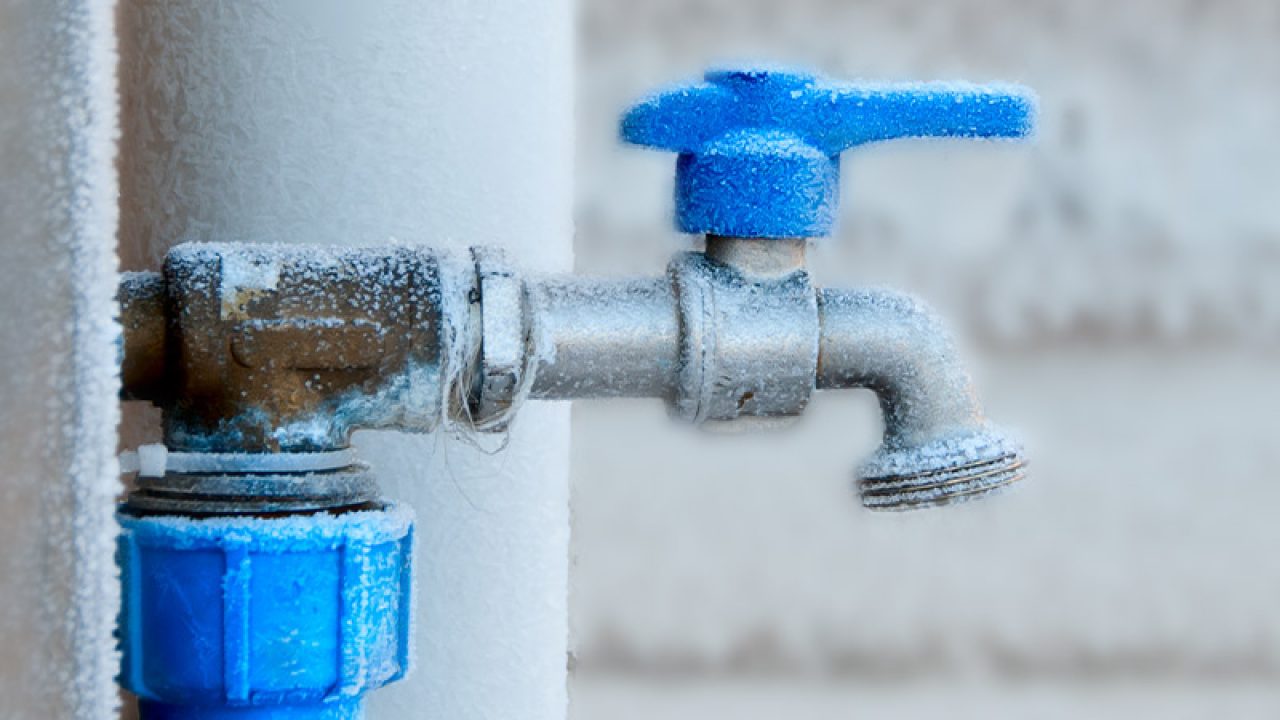Avoiding Frozen Plumbing in Cold Weather: Key Strategies
Avoiding Frozen Plumbing in Cold Weather: Key Strategies
Blog Article
What're your opinions concerning How To Avoid Freezing Pipes?

Winter can damage your pipes, particularly by freezing pipelines. Here's exactly how to stop it from happening and what to do if it does.
Intro
As temperature levels decline, the threat of frozen pipes rises, potentially causing costly repair work and water damage. Recognizing just how to avoid icy pipes is critical for homeowners in cool climates.
Avoidance Tips
Insulating at risk pipes
Cover pipelines in insulation sleeves or utilize heat tape to protect them from freezing temperature levels. Concentrate on pipelines in unheated or outside areas of the home.
Heating methods
Keep indoor rooms sufficiently heated, particularly locations with plumbing. Open up cupboard doors to allow cozy air to circulate around pipelines under sinks.
How to identify frozen pipes
Look for reduced water flow from taps, unusual smells or noises from pipes, and noticeable frost on subjected pipelines.
Long-Term Solutions
Structural modifications
Consider rerouting pipelines far from outside walls or unheated areas. Include added insulation to attics, basements, and crawl spaces.
Updating insulation
Invest in premium insulation for pipes, attic rooms, and wall surfaces. Appropriate insulation assists preserve constant temperature levels and reduces the danger of frozen pipelines.
Shielding Exterior Plumbing
Yard tubes and outdoor faucets
Disconnect and drain pipes yard pipes before winter. Install frost-proof spigots or cover exterior faucets with protected caps.
Recognizing Icy Pipes
What triggers pipelines to ice up?
Pipes freeze when exposed to temperatures listed below 32 ° F (0 ° C) for extended durations. As water inside the pipes ices up, it broadens, putting pressure on the pipeline wall surfaces and potentially triggering them to break.
Risks and problems
Icy pipelines can result in water interruptions, home damages, and expensive repair services. Ruptured pipelines can flood homes and trigger extensive structural damages.
Indicators of Frozen Pipes
Identifying frozen pipelines early can stop them from breaking.
What to Do If Your Pipelines Freeze
Immediate actions to take
If you presume icy pipes, maintain taps available to eliminate stress as the ice melts. Use a hairdryer or towels soaked in warm water to thaw pipelines slowly.
Final thought
Preventing icy pipes requires aggressive actions and quick feedbacks. By recognizing the reasons, indications, and safety nets, house owners can protect their plumbing during winter.
5 Ways to Prevent Frozen Pipes
Drain Outdoor Faucets and Disconnect Hoses
First, close the shut-off valve that controls the flow of water in the pipe to your outdoor faucet. Then, head outside to disconnect and drain your hose and open the outdoor faucet to allow the water to completely drain out of the line. Turn off the faucet when done. Finally, head back to the shut-off valve and drain the remaining water inside the pipe into a bucket or container. Additionally, if you have a home irrigation system, you should consider hiring an expert to clear the system of water each year.
Insulate Pipes
One of the best and most cost-effective methods for preventing frozen water pipes is to wrap your pipes with insulation. This is especially important for areas in your home that aren’t exposed to heat, such as an attic. We suggest using foam sleeves, which can typically be found at your local hardware store.
Keep Heat Running at 65
Your pipes are located inside your walls, and the temperature there is much colder than the rest of the house. To prevent your pipes from freezing, The Insurance Information Institute suggests that you keep your home heated to at least 65 degrees, even when traveling. You may want to invest in smart devices that can keep an eye on the temperature in your home while you’re away.
Leave Water Dripping
Moving water — even a small trickle — can prevent ice from forming inside your pipes. When freezing temps are imminent, start a drip of water from all faucets that serve exposed pipes. Leaving a few faucets running will also help relieve pressure inside the pipes and help prevent a rupture if the water inside freezes.
Open Cupboard Doors
Warm your kitchen and bathroom pipes by opening cupboards and vanities. You should also leave your interior doors ajar to help warm air circulate evenly throughout your home.

I ran across that blog post on Helpful Tips to Prevent Frozen Pipes this Winter while doing a lookup on the internet. Do you know somebody who is inquisitive about the niche? Feel free to promote it. Thanks so much for taking the time to read it.
Maintenance Sign-Up Report this page